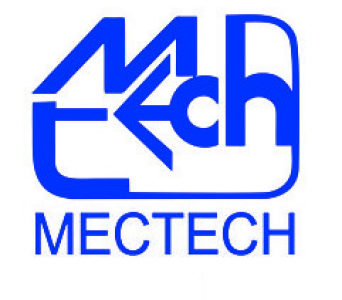Recovery of wet Lecithin is a major process as it serves as a predominant raw material in the food and pharmaceutical industry. Lecithins occur in edible oils as naturally occurring phospholipids with excellent surfactant and nutraceutical properties. Present in abundance in the gums of edible oils, especially soya bean oil, these are in great demand in various applications. As a first step, degumming is performed on the edible oils, using water in order to isolate the gums. Then, these gums are completely removed from the oil in centrifuges but invariably retain oil and water along with the gums. These gums, once considered as the waste products, today, are widely used in many applications. Firstly, these gums are de- hydrated in a vacuum distillation system for the removal of water, yielding liquid lecithin. The liquid lecithin, which is basically a mixture of oil and lecithin, is distilled off under high vacuum. Food lecithin is usually de-oiled to improve its functionality. Among the major phospholipids, the Phosphatidylcholine enriched fraction is an excellent oil in water emulsifier and the Phosphatidylinositol enriched fraction is good water in emulsifier and often used is in the chocolate industry.
Mectech has expertise and experience to manufacture and customize highly efficient lecithin plants for dehydration of wet gums. The plant is custom designed to facilitate the drying process of the feed gently without any burn, thus minimizing wastage. The lecithin plant needs less maintenance with easy cleaning.
Lecithin is a natural ingredient mainly derived from the soybean. It contains a range of emulsifiers, stabilizers and release agents. Mectech is a leading company for manufacturing plants where after dehydration of wet gums a series of operations is performed in order to obtain pure quality lecithin. The multi-step process usually involves bleaching, dehydration, extraction, purification and drying. As the lecithin thus produced is of food grade it is used as a feed material and widely used in cosmetic industry, pharmaceuticals and in food processing as emulsifiers – thus value adding to the edible oil industry. The crude soya liquid lecithin, for example, finds extensive usage in producing various grades of Phosphotidyl Cholines. Firstly, the liquid lecithin is extracted with the addition of ethyl alcohol. It leads to the formation of two layers a) one layer is rich in PC-35 b) the other is rich in PC-10. Decantation is performed to separate the two layers into two separate vessels, before each layer is subjected to ethanol recovery. After the recovery, the final product left is PC-35 and PC-10 respectively, each of which can be sold and ensures value addition from waste for the edible oil. The entire extraction process includes no chemical reactions, and one ton of Liquid lecithin fetches 200 kg of PC-35 and 800 kg of PC-10.
Process Description
Prior to the extraction, in order to enhance the subsequent extraction process, the crude lecithin is pre-treated so that the peroxide number is lowered as also the microbial count. The entire extraction process is performed utilizing acetone solvent. After pre- treatment, the lecithin is extracted in dual stages along with the precipitation of acetone insoluble i.e. lecithin. In the process, a custom designed extractor is installed that ensures a rapid and efficient extraction. The miscella, after extraction is withdrawn into a miscella tank before n the thick solid slurry is transferred to a decanter feed tank. The acetone is recovered from the miscella in the acetone recovery system for further reuse. The soya oil left out after acetone recovery can be sold and adds to the returns. In the decanter feed tank, the thick solid slurry is decanted in a high-speed centrifuge, filtering out the acetone and the solids. The separated solids are carried for drying and on the other side; the separated acetone is transported to the miscella tank. A two staged closed loop continuous fluidized bed dryer is utilized to dry the acetone wet solids. As a PLC controlled system, the drier is specially designed with a nitrogen generator for micro precision controls. The deoiled lecithin powder generated from the drying system is micronized, sieved and packed to be used in food and pharma industry.
